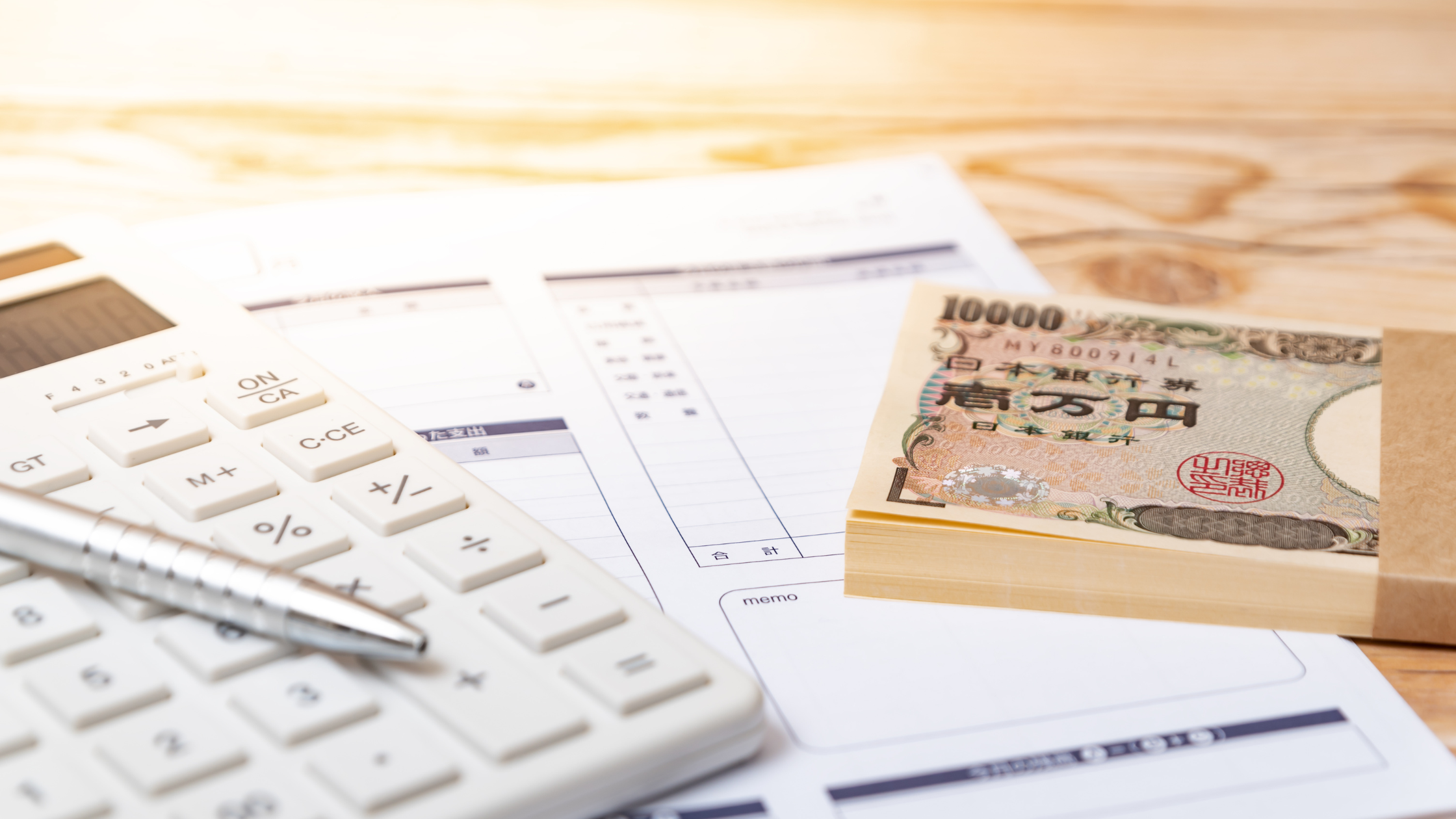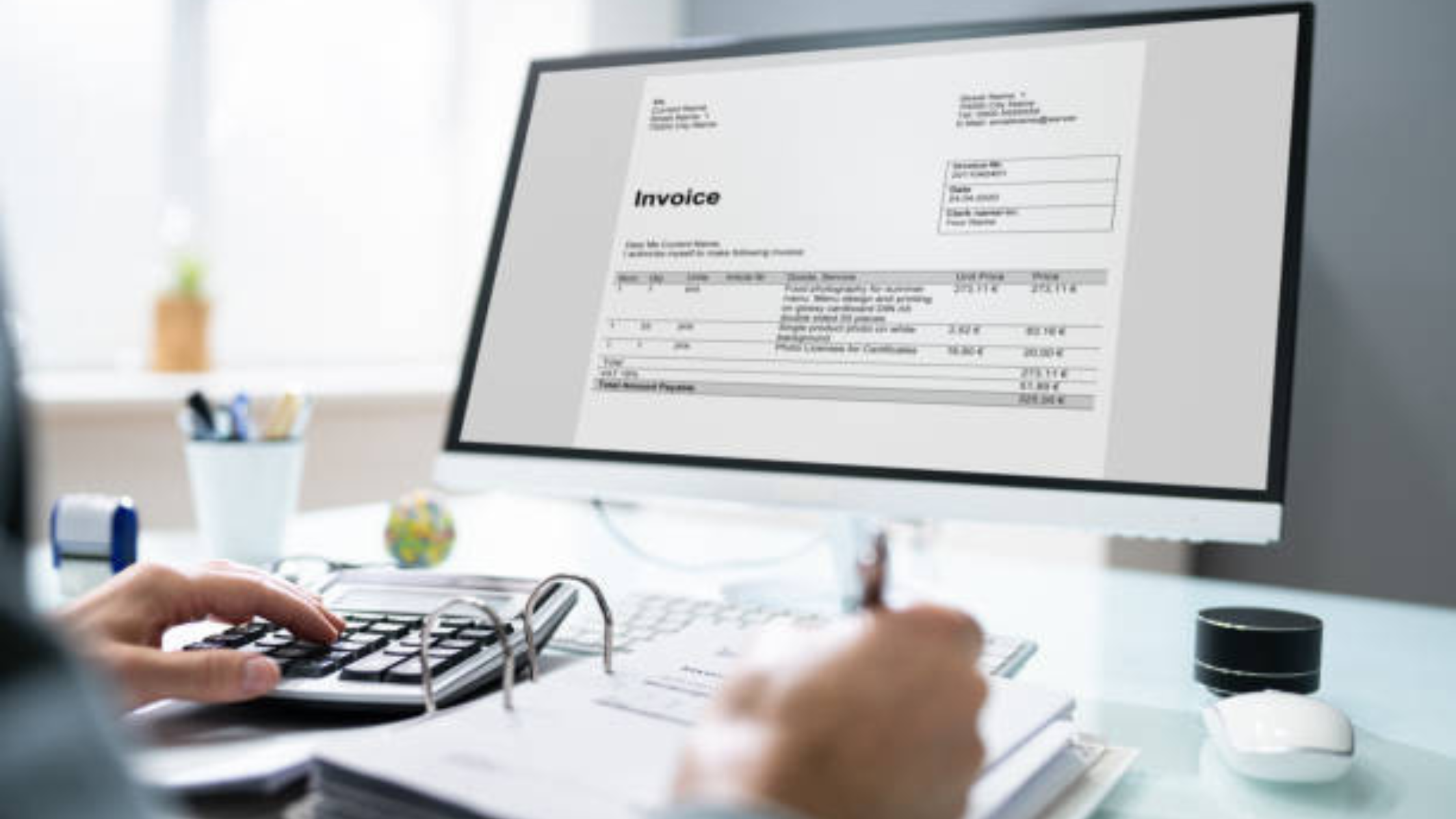Create Professional Restaurant Receipts for Your Customers

Welcome to a world where creating professional restaurant receipts for your customers is no longer a hassle but a seamless experience. In the fast-paced environment of the food industry, customer satisfaction is key, and one way to enhance it is through providing clear and organized receipts. These receipts not only serve as a record of the transaction but also reflect the professionalism and attention to detail of your establishment. From itemized lists of dishes to tax calculations, a well-crafted receipt can leave a lasting impression on your patrons. In this guide, we will explore the essential elements of a restaurant receipt, design tips to make them visually appealing, and tools that can simplify the receipt creation process. Join us on this journey to elevate the dining experience for your customers through the art of creating professional restaurant receipts.
Key Elements of a Professional Restaurant Receipt
In the competitive world of the restaurant industry, providing customers with a professional receipt is not only a legal requirement but also a crucial part of the overall dining experience. A well-crafted receipt not only serves as a record of the transaction but also reflects the professionalism and attention to detail of the establishment. Let's delve into the key elements that should be included in a professional restaurant receipt.
Basic Information to Include
The basic information that should be included in a professional restaurant receipt is crucial for both the customer and the business. This includes details such as the name and address of the restaurant, contact information, date and time of the transaction, table number, server name, and a breakdown of the items ordered. Additionally, providing a summary of the total bill, including any discounts or promotions applied, enhances transparency and helps customers verify the accuracy of the charges.
Legal Requirements
Beyond being a mere transaction record, restaurant receipts carry legal significance. It is imperative to ensure that your restaurant receipt complies with all relevant laws and regulations. This involves accurately detailing taxes, tips, and any other mandatory charges. Non-compliance can lead to financial penalties or legal consequences, making adherence to legal requirements non-negotiable for any food establishment.
Customization Options
While adhering to legal standards is essential, customization options offer restaurants a chance to elevate their brand identity. Beyond the mandatory information, establishments can incorporate branding elements like logos, slogans, or even personalized thank-you notes. Moreover, utilizing receipt space for promoting loyalty programs or upcoming events can help foster customer engagement and loyalty.
A professional restaurant receipt is a tangible representation of a restaurant's dedication to excellence and customer satisfaction. By including comprehensive basic information, meeting legal obligations, and exploring creative customization options, restaurants can transform a simple receipt into a powerful marketing tool that leaves a lasting impression on patrons.
Importance of Receipts in Customer Experience
Restaurant receipts not only serve as proof of purchase but also play a significant role in enhancing the overall customer experience. Apart from listing the items ordered, a well-designed receipt can include details about the quality of ingredients used, special cooking techniques, or even a brief history of the dish. This additional information can educate customers, create a sense of connection with the food they consumed, and elevate their dining experience.
Digital Receipts and Sustainability
With the increasing shift towards digitalization, many restaurants now offer digital receipts to customers via email or text message. Apart from being environmentally friendly by reducing paper usage, digital receipts also provide convenience to customers who prefer a clutter-free wallet. Additionally, digital receipts can include interactive elements like links to surveys for feedback, social media handles for sharing experiences, or even personalized recommendations for future visits.
Data Utilization for Business Improvement
Restaurant receipts are not just transactional documents but also a valuable source of data for business analysis. By analyzing receipt data, restaurants can gain insights into popular menu items, peak dining hours, customer preferences, and even server performance. This data-driven approach enables establishments to make informed decisions regarding menu changes, promotional strategies, staffing adjustments, and overall operational enhancements, ultimately leading to improved efficiency and customer satisfaction.
A professional receipt goes beyond being a mere record of a financial transaction. It serves as a tool for communication, branding, customer engagement, and business optimization. By paying attention to the key elements discussed above and leveraging receipts as a strategic asset, restaurants can differentiate themselves, build customer loyalty, and drive long-term success in the dynamic food service industry.
Benefits of Providing Professional Receipts to Customers
Every interaction with a customer is crucial. From the moment a customer makes a purchase to the point of receiving a receipt, each touchpoint shapes their overall experience. Providing professional receipts to customers is not just a formality; it is a strategic move that can yield numerous benefits for your business. Let's delve into the advantages of offering well-crafted receipts:.
- Enhanced Customer Experience
Customer experience plays a vital role in the success of any business. By providing professional receipts, you are extending the customer's journey beyond the point of sale. A well-designed receipt reflects your brand's professionalism and attention to detail, leaving a lasting impression on the customer.
- Building Trust and Credibility
Trust is the foundation of a strong customer-business relationship. Professional receipts instill confidence in customers as they view your business as reputable and trustworthy. When customers receive clear and detailed receipts, they are more likely to trust your products or services, leading to repeat business and positive word-of-mouth referrals.
- Efficient Record-Keeping
Keeping track of transactions is essential for financial management and tax purposes. Professional receipts serve as tangible proof of a transaction, making it easier for both you and your customers to track purchases. Additionally, organized record-keeping facilitated by detailed receipts can streamline accounting processes and help in identifying trends or customer preferences.
- Legal Compliance and Dispute Resolution
Professional receipts are not only beneficial for customers but also for your business. In case of any disputes or discrepancies, having well-documented receipts can serve as evidence to resolve issues efficiently. Moreover, for legal compliance purposes, maintaining accurate receipts is crucial to meet regulatory requirements and avoid potential penalties.
- Marketing and Branding Opportunities
Receipts are more than just transactional documents; they present a valuable marketing opportunity. By customizing receipts with your logo, promotional offers, or personalized messages, you can reinforce your brand identity and engage customers even after the purchase. Utilize receipts as a platform to communicate special promotions, upcoming events, or loyalty programs to encourage repeat business.
The benefits of providing professional receipts to customers go beyond documentation. By prioritizing the quality of your receipts, you are not only enhancing the customer experience but also building a solid foundation of trust and credibility for your business. Invest in creating professional receipts, and witness the positive impact it can have on your customer relationships and overall brand reputation.
Creating Professional Restaurant Receipts
When it comes to running a successful restaurant, creating professional receipts is just as important as serving delicious food. Your receipts are not just pieces of paper; they are a reflection of your brand and the overall dining experience you provide. To ensure that your restaurant's receipts are top-notch, follow these steps to create professional and polished receipts that will impress your customers.
Choose a Reliable Receipt Template Selecting the right receipt template is the first step in creating professional restaurant receipts. Look for a template that is clean, easy to read, and includes all the necessary fields such as date, time, order number, items ordered, prices, taxes, and the total amount. Using a consistent template across all transactions will help establish a sense of reliability and professionalism.
Include Essential Details In addition to the basic transaction information, consider adding more details to your receipts to enhance the customer experience. For example, you could include a personalized thank-you message, a discount offer for the next visit, or a survey link to gather feedback. These small touches show that you value your customers and are committed to providing excellent service.
Personalize the Receipt Adding your restaurant's logo, name, and contact information to the receipt is a simple yet effective way to reinforce your brand identity. A well-designed receipt that reflects your restaurant's aesthetic will leave a lasting impression on customers and make them more likely to return in the future.
Ensure Quality Printing and Presentation Investing in a high-quality printer and paper is crucial for creating professional-looking receipts. Clear, legible printing is essential for both you and your customers to easily read and understand the information. Additionally, consider using a receipt holder or folder to present the receipt neatly, showing that you pay attention to every detail of the dining experience.
Go Digital In today's digital age, offering digital receipts is becoming increasingly popular. Consider implementing a system that allows you to email receipts to customers or provide them with an option to receive a digital copy. This not only reduces paper waste but also offers convenience to your tech-savvy patrons.
By following these steps and paying attention to detail, you can create professional restaurant receipts that not only serve their primary purpose but also contribute to enhancing your restaurant's brand image. Remember, every interaction with a customer is an opportunity to make a positive impression, and a well-crafted receipt is no exception.
Tips for Maintaining Receipt Accuracy
Regularly Update Pricing Information
One of the critical aspects of maintaining receipt accuracy is to regularly update pricing information. Keeping product prices, discounts, and other relevant pricing details current is essential. By ensuring this information is up-to-date, you can guarantee that the prices displayed on receipts are precise and align with the actual prices of the items sold. Regularly monitoring market trends, competitor pricing strategies, and supplier price changes can also aid in making informed pricing decisions, thereby contributing to accurate receipts.
Ensure Correct Tax Calculations
Ensuring accurate tax calculations is another vital component of maintaining receipt accuracy. Tax rates can fluctuate based on various factors such as location, product type, and applicable tax laws. It is imperative to validate tax calculations on receipts meticulously to prevent discrepancies. Implementing automated tax calculation tools or software can streamline this process and reduce the likelihood of errors. Additionally, staying informed about tax law changes and consulting with tax professionals can help ensure compliance and accuracy in tax calculations on receipts.
Double-Check Order Details
To further elevate receipt accuracy, it is advisable to double-check order details before finalizing transactions. Verifying the quantity, description, price, and any discounts or promotions applied ensures that the information on the receipt is correct. Implementing a robust order management system that integrates seamlessly with the point-of-sale system can facilitate accurate order processing and minimize errors in order details. Encouraging staff training on order verification procedures can also enhance accuracy and efficiency in maintaining precise receipts.
Implement Technology Solutions
Incorporating technology solutions can significantly enhance receipt accuracy. Utilizing point-of-sale systems with advanced features such as barcode scanning, inventory management, and real-time synchronization can streamline the checkout process and minimize errors. Additionally, leveraging digital receipt options or email receipts can provide customers with convenient and accurate transaction records. Investing in cloud-based receipt management software can centralize receipt data, making it easily accessible for auditing and reconciliation purposes, thereby improving overall receipt accuracy.
Conduct Regular Audits
Conducting regular audits of receipt data and transaction records is essential for identifying discrepancies and ensuring accuracy. Implementing periodic reviews of receipts, sales reports, and financial records can help detect inconsistencies or errors that require correction. Engaging internal or external auditors to perform comprehensive audits can provide an independent assessment of receipt accuracy and compliance with accounting standards. Addressing any discrepancies promptly and implementing corrective measures can enhance overall accuracy and reliability of receipts, fostering trust with customers and stakeholders.
By following these tips and incorporating best practices in receipt management, businesses can maintain high levels of accuracy in receipt generation, promote transparency in financial transactions, and build credibility with customers and regulatory authorities.
Conclusion
Creating professional restaurant receipts for your customers is a crucial aspect of providing excellent customer service and maintaining a reputable establishment. By ensuring that receipts are clear, detailed, and visually appealing, you not only enhance the overall dining experience but also build trust and credibility with your clientele. Implementing this simple yet effective practice can go a long way in showcasing your commitment to professionalism and attention to detail in the competitive restaurant industry.







